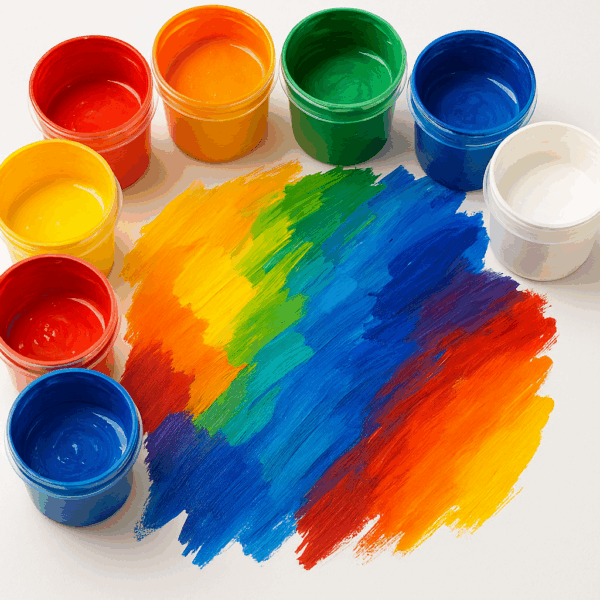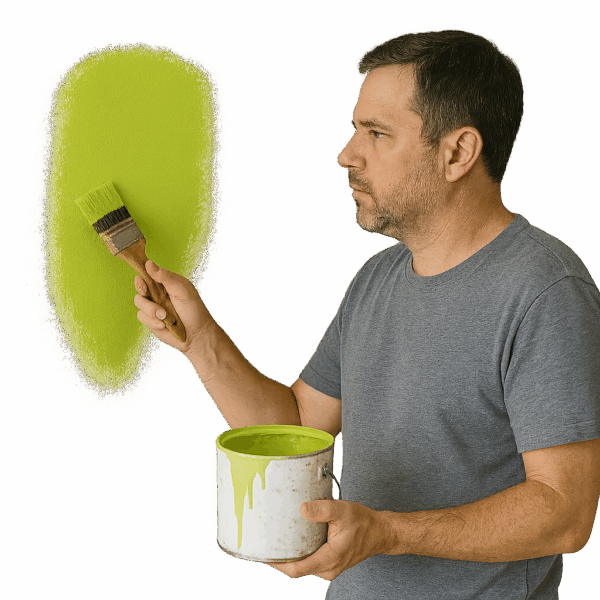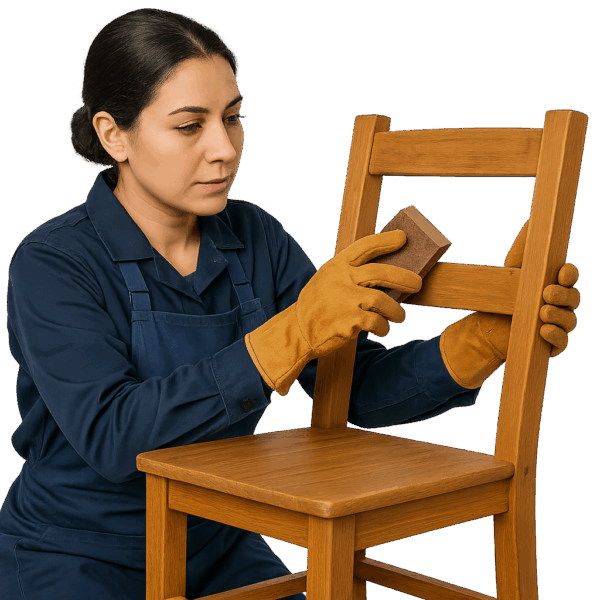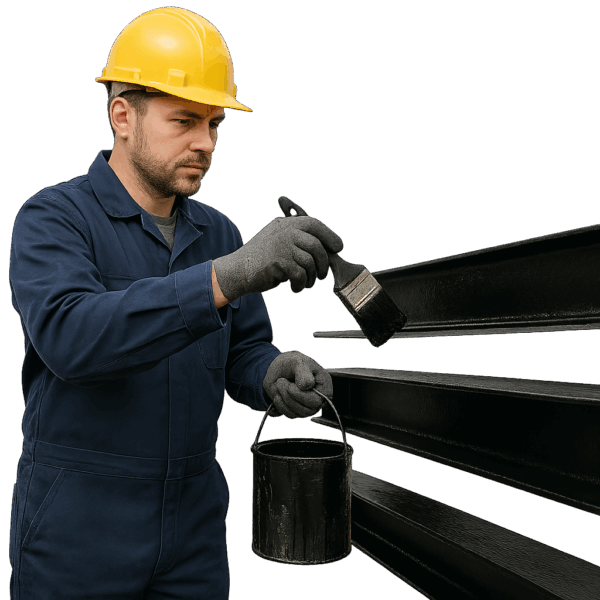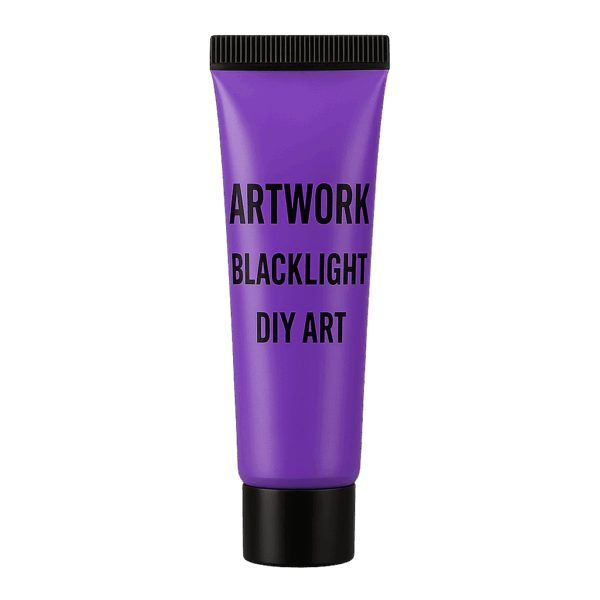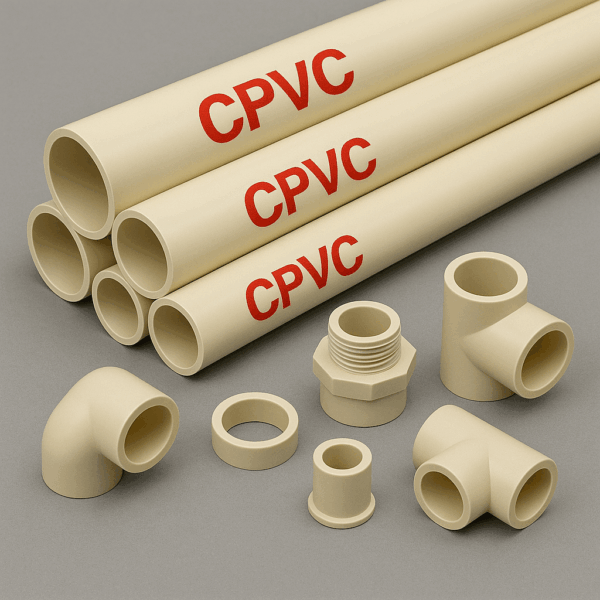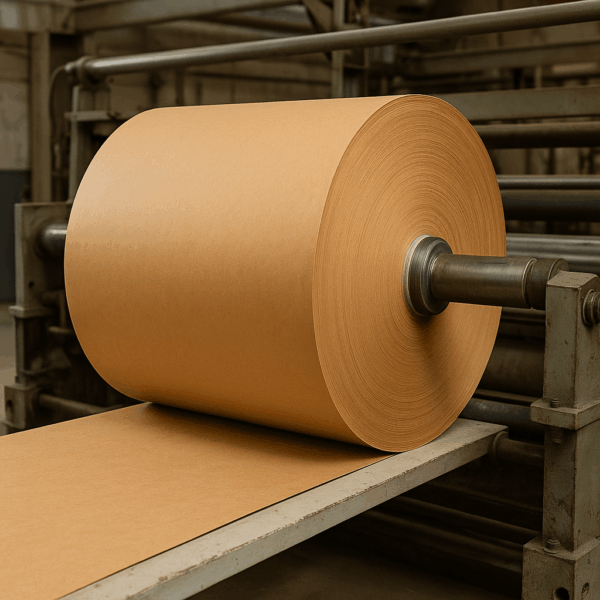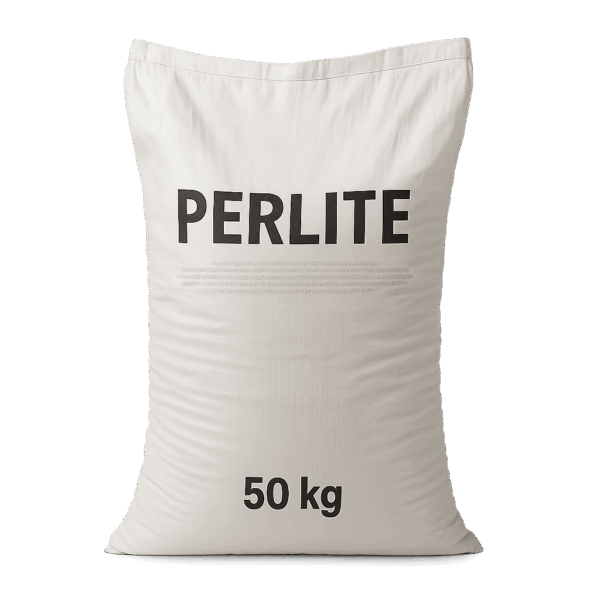P
Acrylic Art Paint
The pigments used in a paint can be derived from natural sources, such as minerals and plants, or they can be synthesized chemically in a laboratory. The binder holds the pigments together to help the paint adhere to the painted surface. Other ingredients, such as solvents that adjust the paint’s consistency or additives that improve its performance or durability, may also be added to the mixture. Acrylic Art Paint is a fast-drying paint made with a synthetic polymer binder. It is known for its versatility and ability to mimic the appearance of oil paints, making it a popular choice for artists working in various styles and techniques. It is also water-soluble, which means it can be thinned with water and easily cleaned up with soap and water.
Acrylic Paint
Acrylic Paints dry quickly ,10-12 minutes, for thin applications, longer for thick applications), you can clean them up with water when wet And they’re permanent when dry ,they stick to almost any surface and they are low odor, with no fumes and are non-flammable.
Commercial acrylic paints come in many grades that some of them can be :
- Artist acrylics (professional acrylics) , Student acrylics Varieties
- Heavy body acrylics
- Medium viscosity acrylics –
- Open acrylics
- Iridescent, pearl and interference acrylic colors
- Craft acrylics , Interactive , Exterior acrylics
- Acrylic glass , Acrylic enamel paint
Alkyd Paint
Professional painters use alkyd paints primarily on special surfaces where a different type of chemical binding is needed, or on specific areas where durability and finish are important.
Alkyd paint is mainly used for the coating of general woodware, furniture and home decoration, general metal decoration coating, metal anti-corrosion coating, general machinery, automobiles, instrumentation, industrial equipment, etc.
Advantages of Alkyd Paints
- Good gloss and color retention
- Good weather resistance
- Dry fast
- Single component, easy to apply
Because the molecular weight of alkyd resin is lower, you can get more alkyd in the tank. The volume solids of a good-gloss alkyd resin is about 55%.
Alloy Steel Pipe
Thanks to the inclusion of elements such as nickel and chromium, they offer improved mechanical properties compared to carbon steel pipes. Alloy steel pipes are available in various grades, allowing them to be tailored for different applications and industries. Alloy steel pipes are crucial for transporting oil and gas due to their ability to withstand high pressures and temperatures, as well as their corrosion resistance. These pipes are used in power generation for applications like boilers, heat exchangers, and steam lines.
Bituminous Paint
Bituminous paint can be applied to most substrates, including iron and steel structures, metal products, castings, asbestos cement sheet and structural concrete surfaces. Bituminous paint can provide weather resistance and corrosion resistance to elements. It has good adhesive properties. bituminous coating is used to create vapour-proof protective layer in accordance with its formulation and polymerization standards. Bituminous coating is also called as asphalt coating. Bituminous paint is strong, waterproof, durable and inexpensive. Resists the production of harsh chemicals and ultraviolet light.
Black Steel Pipe
Black steel pipe, also known as black iron pipe, is a type of steel pipe that has not been galvanized or coated with zinc. This lack of coating not only keeps costs lower but also allows these pipes to handle high pressures, making them ideal for distributing natural gas and heating systems. In industrial applications, black steel pipes provide robust solutions for firefighting systems. These systems require resilience against high-pressure water flow and potential temperature fluctuations, roles that black pipes perform exceptionally well due to their simple yet strong design.
Black steel pipe sizes are typically defined by a nominal diameter (also known as NPS or NB) and a schedule (SCH), which indicates the wall thickness. Common sizes range from 1/2 inch to 12 inches, but larger and smaller sizes are also available. Schedules like SCH 40 and SCH 80 are common, with higher schedule numbers indicating thicker walls.
Blacklight Art Paint
The pigments used in a paint can be derived from natural sources, such as minerals and plants, or they can be synthesized chemically in a laboratory. The binder holds the pigments together to help the paint adhere to the painted surface. Other ingredients, such as solvents that adjust the paint’s consistency or additives that improve its performance or durability, may also be added to the mixture. Blacklight Art paint is a type of paint that glows under black light, making it a popular choice for light art installations, murals, and other works that are intended to be viewed in low-light conditions. It is available in various colors, from neon hues to more muted shades, allowing artists to create a wide range of effects.
Body Art Paint
The pigments used in a paint can be derived from natural sources, such as minerals and plants, or they can be synthesized chemically in a laboratory. The binder holds the pigments together to help the paint adhere to the painted surface. Other ingredients, such as solvents that adjust the paint’s consistency or additives that improve its performance or durability, may also be added to the mixture. Body paint is a thick, opaque paint with a heavy pigment load. It is often used for texture and impasto effects in painting techniques, as well as for body painting style, costume design, and special effects makeup. Body paint is available in various colors and can be used with other materials, such as glitter or rhinestones, to create more complex effects.
C-PVC Pipe & Fittings
However, with its higher chlorine content than regular PVC-U, pipes and fittings made of C-PVC can withstand a wider range of temperatures. This has made C-PVC a popular choice for water piping systems in residential as well as commercial construction. C-PVC is also significantly more ductile than PVC-U. Pipes and fittings made of C-PVC are 100% recyclable. C-PVC Pipes exhibits an excellent corrosion resistant property , they can resist to most acids, bases, salts, aliphatic solutions, oxidants, and halogens.
Carbon Steel Pipe
Carbon steel stands out for its ease of processing and ability to be molded into various shapes and sizes, complemented by excellent durability. This adaptability makes it particularly valuable in construction frameworks, where precise specifications are often needed alongside reliability. These pipes can be easily welded, making them versatile for various connections and fittings.
Types of Carbon Steel Pipes:
- Hot-rolled carbon steel pipes: Typically used for general purposes, boiler applications, and specialized uses.
- Cold-rolled (drawn) carbon steel pipes: Used for thin-walled pipes, alloy pipes, and special-shaped pipes.
Clay Kraft Liner Paper
The core of the paper is Kraft paper, known for its strength and durability, made from virgin wood pulp and CCK can be found with different finishes, such as a matte finish for packaging or a glossy finish for printing. Clay Coating is a layer of clay is applied to the Kraft paper, typically on one side (C1S) for printing purposes, but it can also be coated on both sides (C2S).
The clay coating provides a smooth, white surface for printing, enhancing the print quality of logos, artwork, and text. It also improves the paper’s resistance to moisture and wear, making it suitable for packaging and labeling applications where these properties are important.
Coarse Perlite
Coarse perlite or Perlite Grade # 3 ranges in size between 3/16 and 3/64”, with a 34% water holding capacity. It is used to amend raised beds, garden beds, or dense soils with high water-holding capacity. But it is more versatile than super coarse perlite. Coarse perlite can be used for potted plants, window boxes, and general garden use. Considered an all-purpose grade it is a good balance of drainage and water holding capacity. Due to its size, it doesn’t blend well with garden soil but makes a great media for succulents and orchids.

